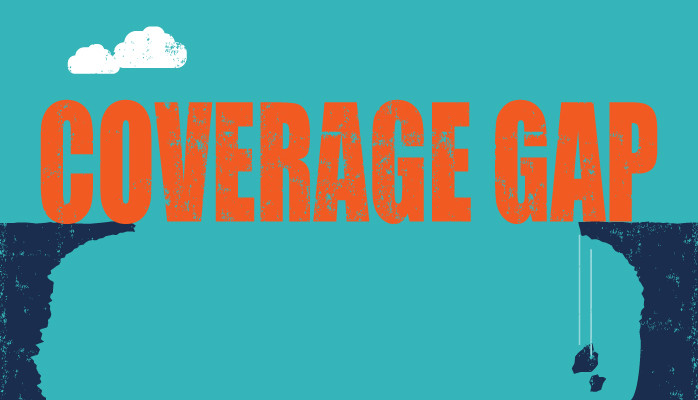
Time to take your adult children off the auto policy
I see it every other day. While reviewing a couple's personal insurance program, I find the 28 year old daughter, who has lived in another state since graduating from college five years ago, who drives a car titled to and insured by the parents.
The most common reasons I hear are something like this: "She was just starting out, needed the financial help, we did it for her two older brothers, and it was cheaper for us to insure it on our policy than it would have been on her own."
While a nice gesture with reasoning anyone can understand, the parents are often surprised to learn they've simultaneously exposed their daughter to a variety of coverage gaps; gaps which could have a negative financial impact much greater than any money they could have possibly saved.
Why would anyone expose their child to coverage gaps to save a few bucks? Sounds penny-wise and pound foolish, doesn't it? The answer is simple - they have been programmed to believe that listing someone as a driver makes them an insured on the policy.
It starts the moment a child turns 16 when you call your agent to add them as a driver and the insurance company charges you more. You just added them as an insured, right?
Wrong.
Your child was already an insured by definition, as a resident relative. You just allowed the insurance company to underwrite them and charge you more (and rightfully so!). Conversely, your child who no longer lives in your home is not, by definition, an insured on your policy.
However, that doesn't mean a child isn't covered while driving a car owned by the parents. It means they're only covered when driving the auto owned by the parents. Every other auto-related scenario that exists isn't covered, and while dozens of examples exist, here are five common ones:
1. Renting a vehicle - any adult child in the above scenario would need to purchase the rental coverage at the counter for both liability and physical damage. This will amount to about $50/day for adequate coverage.
2. Driving a borrowed vehicle - the coverage for the borrowed vehicle would typically apply. Let's hope some exists.
3. Hit-and-run as a pedestrian - think crossing streets in big metro areas.
4. Under-insured motorists covered - cab companies are often protected by statute regarding the amount a passenger can collect for injuries.
5. Medical coverage in no-fault states - if injured as a passenger of a vehicle in a no-fault state, the primary medical coverage may be through the PIP portion of that passenger's own auto policy. If they don't have their own policy, let's hope there's health insurance to limit out-of-pocket expenses to deductibles and co-payments.
All of the above scenarios, and more, can lead to financial disaster without coverage that addresses them. To properly cover your adult child, and bridge the coverage gaps, transfer the title of the vehicle into their name and let them get their own insurance.
It may be more expensive, but it should be given the child's broadened coverage and the parent's peace-of-mind.
Summary
There's a point in time when your child no longer qualifies as an insured on your auto policy. Typically it's when they're no longer a resident of the home and/or exceed a certain age. Verify this key point with your insurance agent.
If you're passed this point yet continue allowing your child to drive a vehicle that's titled to and insured by you, you're exposing them to numerous coverage gaps, as outlined above.
Anyone driving an auto with permission is covered while driving that auto. Listing a child (or anyone for that matter) as a driver on the parent's policy does not give them insured status (that's done by policy definition). It simply gives the insurance company the ability to underwrite them and adjust pricing accordingly.
We all know the road to hell is paved with good intentions. Fortunately, with auto insurance you can do it right and still help your child out. Parents can bridge the coverage gaps by transferring ownership of the car and insuring it with a policy in the child's name.
Who pays the bill is entirely up to you.
So why add the child if they are covered anyone, what are the benefits other than increased premium?
Global Enterprise Account Manager at HP Inc.
8yI love this! Thanks!